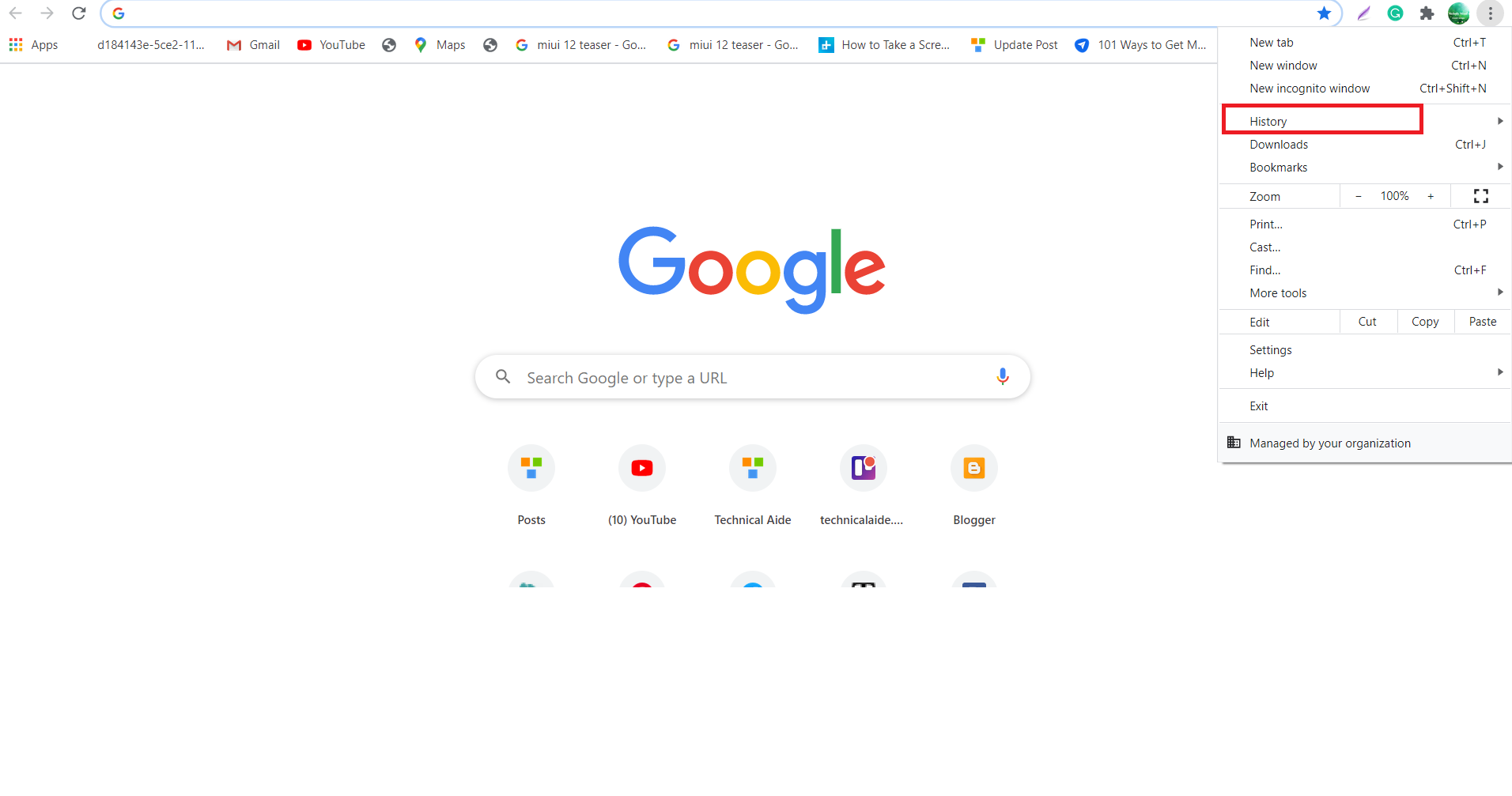

- #Open google chrome history file how to#
- #Open google chrome history file software#
- #Open google chrome history file code#
- #Open google chrome history file password#
- #Open google chrome history file download#
#Open google chrome history file how to#
As a bonus, how to export Google Chrome history is completely simple. Claiming itself as powerful software, it enables you to backup data and personal files.
#Open google chrome history file software#
There is various software available in the market, but you can opt for EaseUS Todo to make it happen. If you need to try something different, use third-party software to export Chrome history and cookies. Now you can copy and save this file for use somewhere else.
#Open google chrome history file download#
#Open google chrome history file password#
See also How to Save Password in Chrome When Not Asked You can choose to download either as csv or json. Once added to Chrome, click the extension.Go to the Chrome Web store and find the Chrome history extension.json file that can be converted to xls or csv. This browser has a history export extension that enables you to export not only Chrome history but also cookies, bookmarks, and more. Use Chrome ExtensionĪnother method to export Google Chrome history is using Chrome extension. csv file, bookmarks as HTML, and others as. How to export Google Chrome history with this method is simple but there is one issue-your data will be exported in different formats. Click the link to download your Chrome data. Chrome will send you an email with a download link.Choose based on your preferences then click Create export. You will need to choose the delivery method, export frequency, and file type and file size.Scroll down and click the Next step button on the bottom of the page.Scroll down until you find Download your data.Click Manage your data & personalization under Privacy and Personalization option.executeQuery ("SELECT * FROM urls where visit_count > 100")

Statement = connection.createStatement () getConnection ("jdbc:sqlite:/home/username/.config/chromium/Default/History") Run: java -classpath ".:sqlite-jdbc-3.7.2.jar" GetChromiumHistory The program compiles and runs on my Linux 2.6.39 environment: /** You will need to change the argument for getConnection () to point to where the history files reside on your machine. The program was adapted from the java workspace website (as credited in the code). Since the original poster asked for a simple program, here it is. Return browser + " - " + title + " - " + url Public URL(string url, string title, string browser) String CommandText = "select * from " + table ĭB = new SQLiteDataAdapter(CommandText, sql_con) Sql_cmd = new SQLiteCommand(CommandText, sql_con) ĭataTable ExtractFromTable(string table, string folder) String CommandText = "delete from " + table Sql_con = new SQLiteConnection("Data Source=" + dbPath + Void DeleteFromTable(string table, string folder) If (tempstr != "Local")įor (int i = 0 i ExtractUserHistory(string folder)ĭataTable historyDT = ExtractFromTable("urls", folder) ĭataTable visitsDT = ExtractFromTable("visits", String tempstr = documentsFolder.Split('\\') ĭocumentsFolder += "\\Google\\Chrome\\User Data\\Default" String documentsFolder = Environment.GetFolderPath Net from here and add the references to. You probably also want to download the SQLite for.
#Open google chrome history file code#
Most of the code I got from here but I tweaked it abit to add support for Google Chrome. Here is a class I created to read browsing data from Google chrome.


 0 kommentar(er)
0 kommentar(er)
